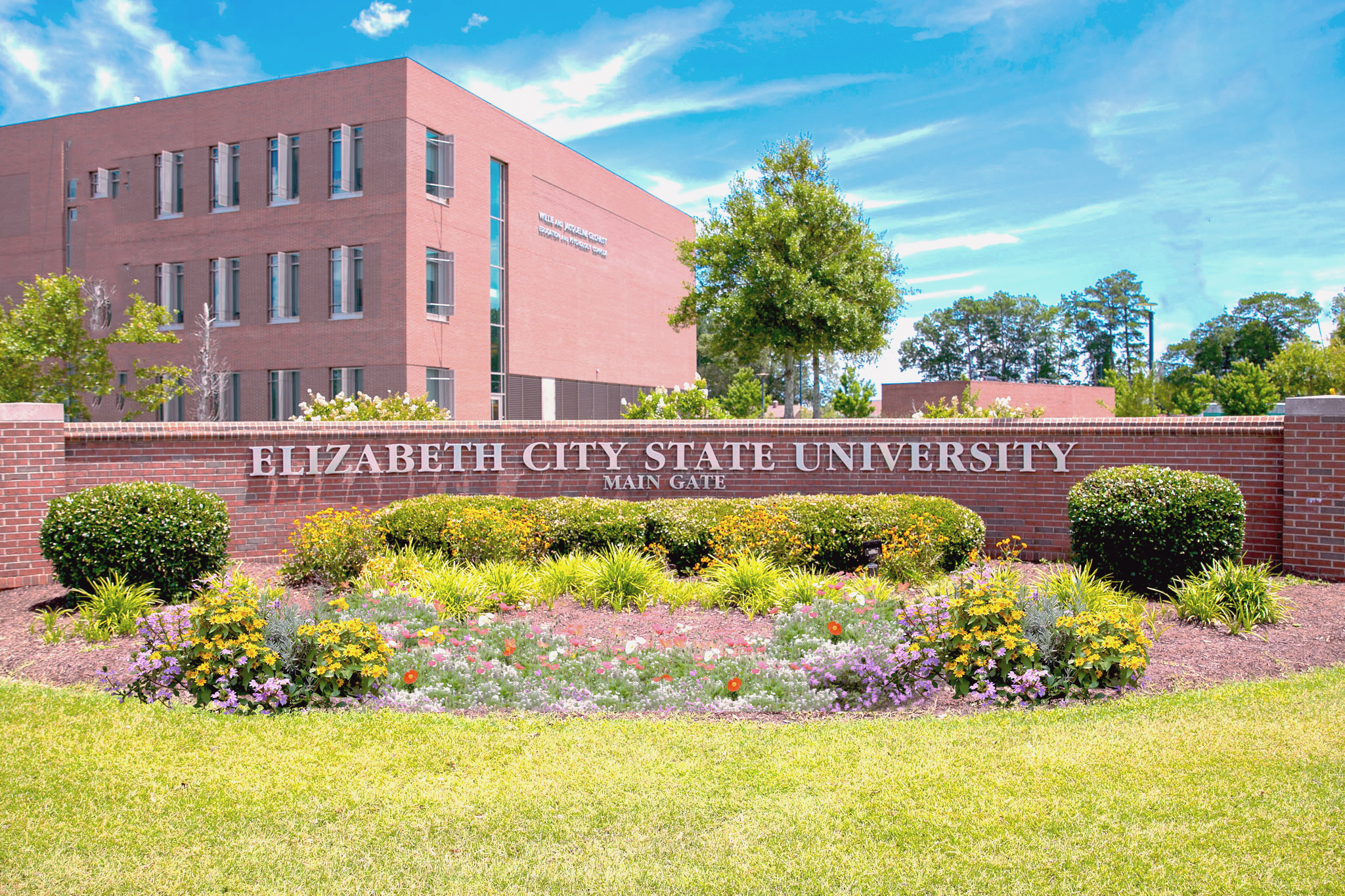Historically Black Colleges & Universities (HBCUs)
AASCU’s member HBCUs play a key role in closing educational gaps, driving social mobility, and preserving African American history and culture.

HBCUs are vital centers for cultural preservation, academic excellence, and social progress.
These institutions of higher education in the United States were established before the Civil Rights Act of 1964. The first HBCU, Cheyney University of Pennsylvania, was founded in 1837, prior to the Civil War. The principal mission of HBCUs was, and is, the education of African Americans. HBCUs were founded to provide educational opportunities to African Americans during a time when racial segregation and discrimination limited their access to higher education.
HBCUs play a critical role in the education, empowerment, and advancement of African Americans. They produce a substantial number of Black professionals in critical fields such as medicine, law, education, and the sciences.
100%
of all public four-year HBCUs are regional public universities
35%
of regional public universities that are HBCUs are Rural-Serving Institutions (RSIs)
Meet AASCU’s HBCU members.
AASCU’s Historically Black Colleges & Universities by the numbers
Regional public universities that are HBCUs enroll more than 181,000 undergraduate students.
86%
of all undergraduate students at regional public universities that are HBCUs are people of color
65%
of undergraduate students at regional public universities that are HBCUs are women
57%
of undergraduate students at regional public universities that are HBCUs, on average, receive Pell Grants
Top fields of study:
30%
Social and behavioral sciences and human services
22%
STEM fields
21%
Business and communications
HBCU Leadership
92%
of presidents at regional public universities that are HBCUs identify as people of color
17%
of presidents at regional public universities that are HBCUs identify as women
Career pathways among regional public university HBCU presidents:
- Faculty/academic: 31%
- Career administrative leader: 38%
- Public sector/government: 15%
- Business executive: 8%
- Nonprofit executive: 8%
Data Sources
- The data presented on this page reflect AASCU’s institutional members. The institutional map includes only regional public universities who are AASCU’s institutional and associate member institutions.
- AASCU analysis of IPEDS data, College Scorecard data, and The American College President Study 2023 Edition from the American Council on Education.
- The data presented on this page reflect AASCU’s institutional members. The institutional map includes AASCU’s institutional and associate member institutions.
- The term “people of color” represents individuals who identified as American Indian or Alaska Native, Asian, Black or African American, Hispanic or Latino, Native Hawaiian or other Pacific Islander, and multiracial.
- AASCU employs the framework and methodology developed by the Alliance for Research on Regional Colleges to designate our member institutions as rural-serving institutions (RSI). As such, AASCU designates any member institution that has an RSI score above the average score as an RSI.
- President profile data reflect the identities of presidents who completed the American College President Study survey.
- For a complete list of HBCUs, visit the U.S. Department of Education’s Eligibility Matrices for Titles III and Title V Programs.
HBCU Member Spotlight
Questions about HBCUs? Let us know.
"*" indicates required fields

